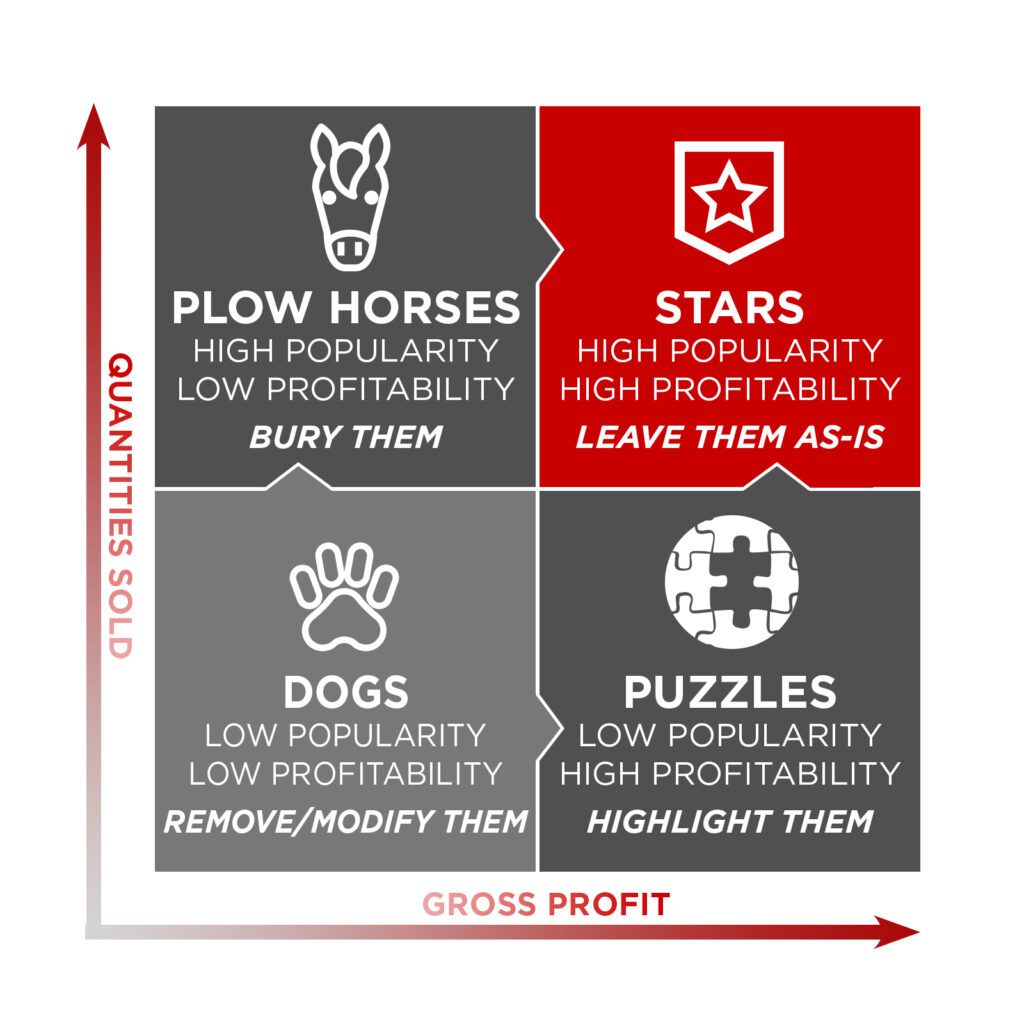Use POS Data to Build Smart School Menus
Making menu changes can seem like an undertaking. Rest assured, it doesn’t have to be. The key to shrinking this size-able task down is ensuring the right serving cost solution is in place. Pair that data with what you can get from your point-of-sale (POS) system and you’ll have everything you need to optimize your menu.
Step 1: Serving Cost Solution
Key components that make serving cost solutions important:
- Accounts for real-time pricing so you can more accurately assess profit margin.
- Executes batch recipes first and single-serve recipes (chicken nuggets, corn, diced peaches, milk served separately) second. “What good is the price of a pasta dish if it doesn’t include the marinara sauce?” he offers by way of explanation.
- Segments your menu by day part and/or season so you can get plate costs for the full menu, cost out multiple menus at once, look at what’s most profitable and uncover additional opportunities to drive sales.
- Includes bulk recipes for catering menus and events, offering you scalability to manage your inventory and price according to size.
One of the most common mistakes is duplicate items and mis-categorization. It’s hard to get reliable data if the data isn’t right to begin with.

“Having all of these features will make your life, and your decisions, much easier!”
Step 2: POS Data Review
POS data tells you what’s selling, what isn’t selling and reports on other various aspects of sales like item sales per day of the week, month-to-month and year-over-year comparisons. Below are other features:
- Improves Service Level
- Inventory Management
- Effectiveness & Satisfaction
- Sales Volumes
- Items to Feature
- Forecasting
Step 3: Full Menu Analysis
An assessment of your menu should be conducted at least once a year, ideally twice a year. But, there are exceptions to this recommendation:
- Major Economic Shifts
- Significant Competition Moving into the Area
- Volatile Labor Market

Step 4: Individual Item Analysis
Everything on your menu should be categorized one of four ways;
- Time Consuming
- Complicated
- Quantity Sold
- Gross Profit












